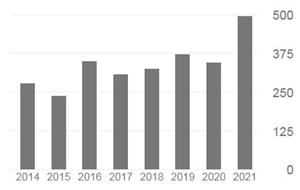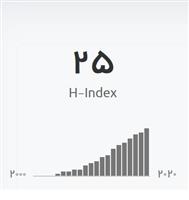Unintentional Extrusion of Mineral Trioxide Aggregate: A Report of Three Cases
Aim:Mineral trioxide aggregate (MTA) is the material of choice for apical barrier techniques during root canal treatment of teeth with open apices. However, the precise control of MTA during the placement of an apical plug is challenging. This article describes the outcomes of unintentional extrusion of MTA into the periradicular tissue during apical barrier treatment in three cases.
Summary: Three cases of maxillary central incisors in adult patients with open apices were referred for treatment. After conventional access and canal preparation, MTA was placed into the apical portion of the root canals to act as an apical barrier/plug. A large increment of MTA was extruded in all cases. In Case 1, after a 4-year follow-up, the extruded MTA had resorbed and the periradicular lesion had healed. In Cases 2 and 3, after follow-up, the patients remained symptomatic and were scheduled for periradicular surgery. In Case 2, soft unset particles of MTA were present in the lesion and were curetted. In Case 3, the extruded MTA had set hard but was sandwiched between the
oral mucosa and bone; its removal relieved the pain experienced on buccal palpation.
Key learning points
• Extruded MTA may not harden and may be associated with ongoing periapical irritation;
• Extruded set MTA when encapsulated in the mucosa and not surrounded by bony
matrix may act as a mechanical irritant on palpation;
• Mineral trioxide aggregate should be confined to the root canal system;
• Teeth where MTA has been extruded beyond the foramen should be followed-up
to monitor the outcome.














